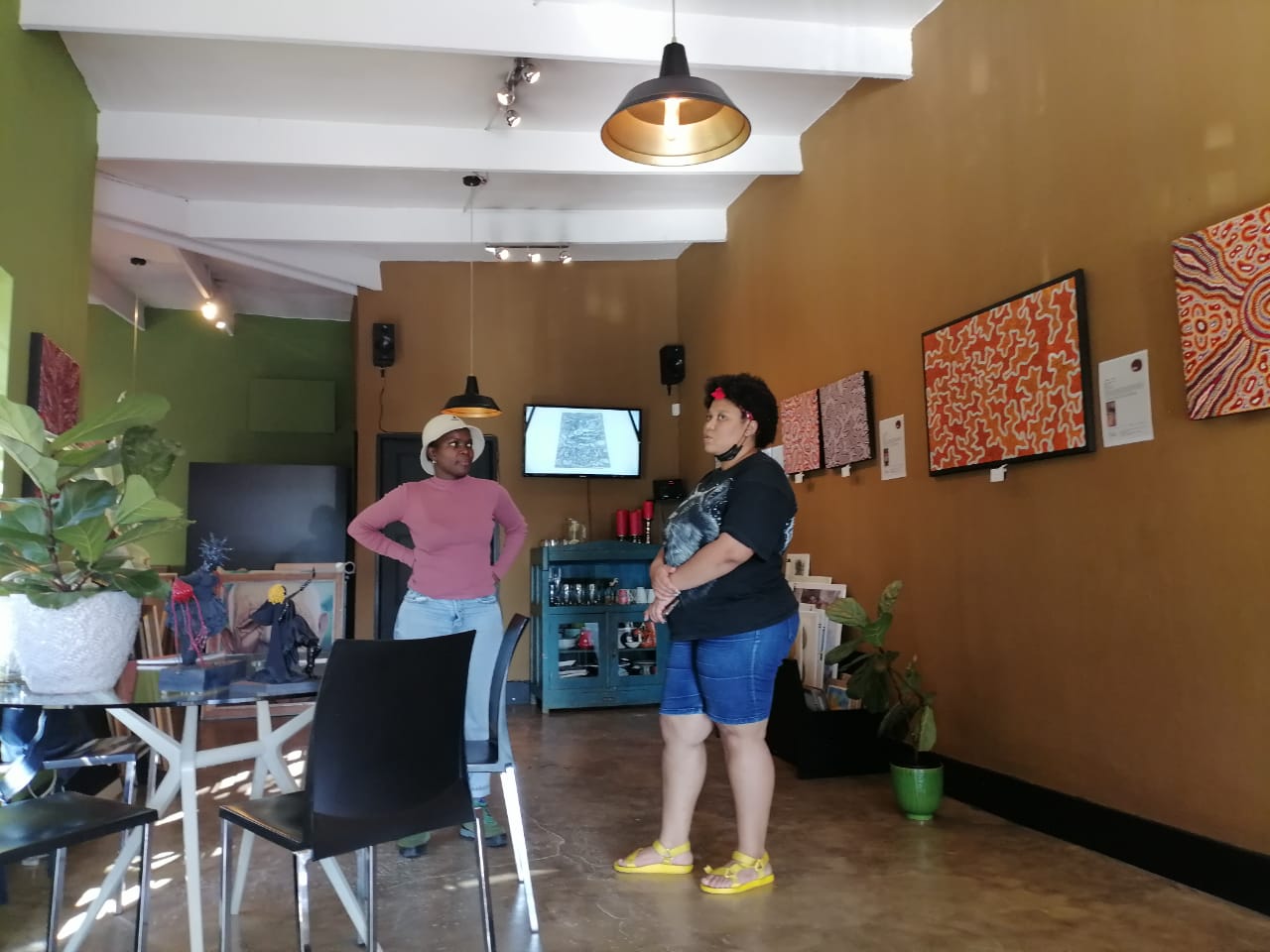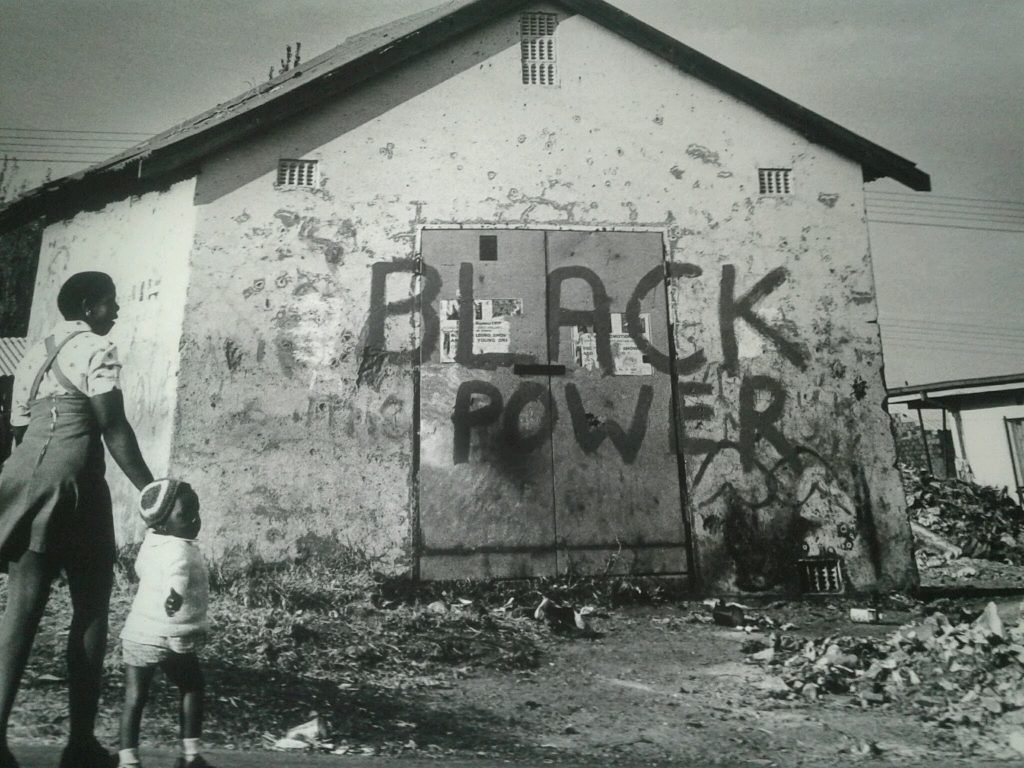Art exhibitions are one of the experiences journalists can and should incorporate in the subjects they cover. That is what the Forum of Activist Journalist (FAJ) did as part of their fun activities, on 22 April 2024, when seven of the eight members headed to The Art Room in Santos, Parkhurst, Johannesburg.
The Art Room, according to our host and guide on the day, Refiloe Namise, specialises in framing and has its studio and factory. She said the art gallery wing is meant “to support local artists” to showcase their work. After the quick introductions, Namise explained about the captivating artwork hanging on the walls, the work of six (6) Aboriginal women from Central Australia, supported by Dreamtime Aboriginal Art, under Angie Spindler, since 2012.
The work of the featured artists, namely Rosemary Petyarre, Abie Loy Kamarra (also cited Kemarre), Mechille Butler Nakamarra, Kellyanne Gibson Tex Nungurrayi, Freda Pula Price and Janet Golder Kngwarreye, drew very different impressions. This is because it is as abstract as it is objective and so allows for varied interpretations by different viewers. Namise explained that the art is generally about the sharing of information between members of an Aboriginal Nation.
She said that “the information could be about resources and where to find them”, on the land, for example, where a herd of animals may be found. Culturally, the art also traditionally depicted experiences, ancient stories, which is rather objective. But, the artwork hanging at The Art Work on 22 April was strikingly dreamy and otherworldly.
One artist, Nakamarra’s work titled ‘Seven Sisters, Minyma inmaku’ (site for women’s ceremonies) has the appearance of the inside of a cell of a living organism seen under a powerful magnifying glass, but for the artists, it shows the landscape, the vegetation and the animals of that landscape.
When asked if there was a systematic traditional reading of the art into which a novice needed to be initiated so they could seamlessly incorporate the meaning of the symbols shown in the products, Namise said there is no such requirement or a need.
The presence of the art was very clear in the room, the works stood out against the otherwise brightly coloured wall where the frames hung, making it easy to notice and to follow.
Impressively, the profiles of the paintings on display and the artists were clearly shown, with some women like Rosemary Pitjara responsible for more than one piece.
The group of FAJs at the exhibition were interested in the technique used to produce the works. It appeared both simple in that it was a series of dots but the images are of an outstanding and stupendous quality.
Necessarily, the attached prices for each piece interested us in the ethics governing the industry. Namise assured us that the art is ethically acquired and was now owned by Dreamtime Aboriginal Art after buying the works from the six women – the ‘primary producers’.
Although Aboriginal art is ethically procured, Namise could not speak favourably about the benefits which the primary producers derive from their work, when the entire value chain of the visual arts industry is taken into consideration.
In the case under review, the primary producers derive less than R34 900, which is the asking price of one of the paintings, because the new owner bought the art and is now the new owner. Perhaps the visual arts industry should be legislated to ensure that primary producers derive a percentage on all future sales of the same artwork.
This article was submitted on 04 May 2024. You may republish this article, so long as you credit the authors and Karibu! Online (www.Karibu.org.za), and do not change the text. Please include a link back to the original article.


 Download PDF
Download PDF
